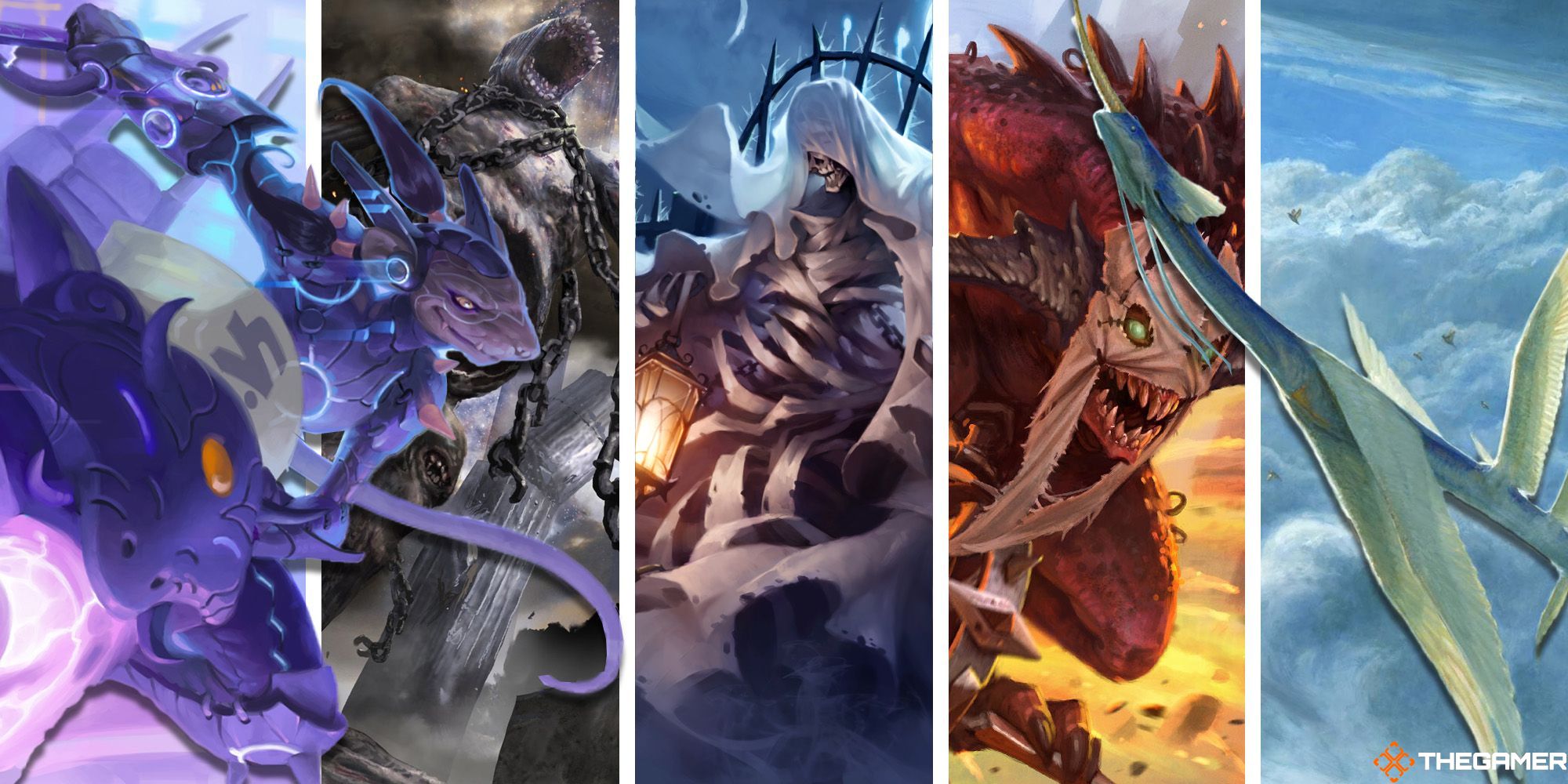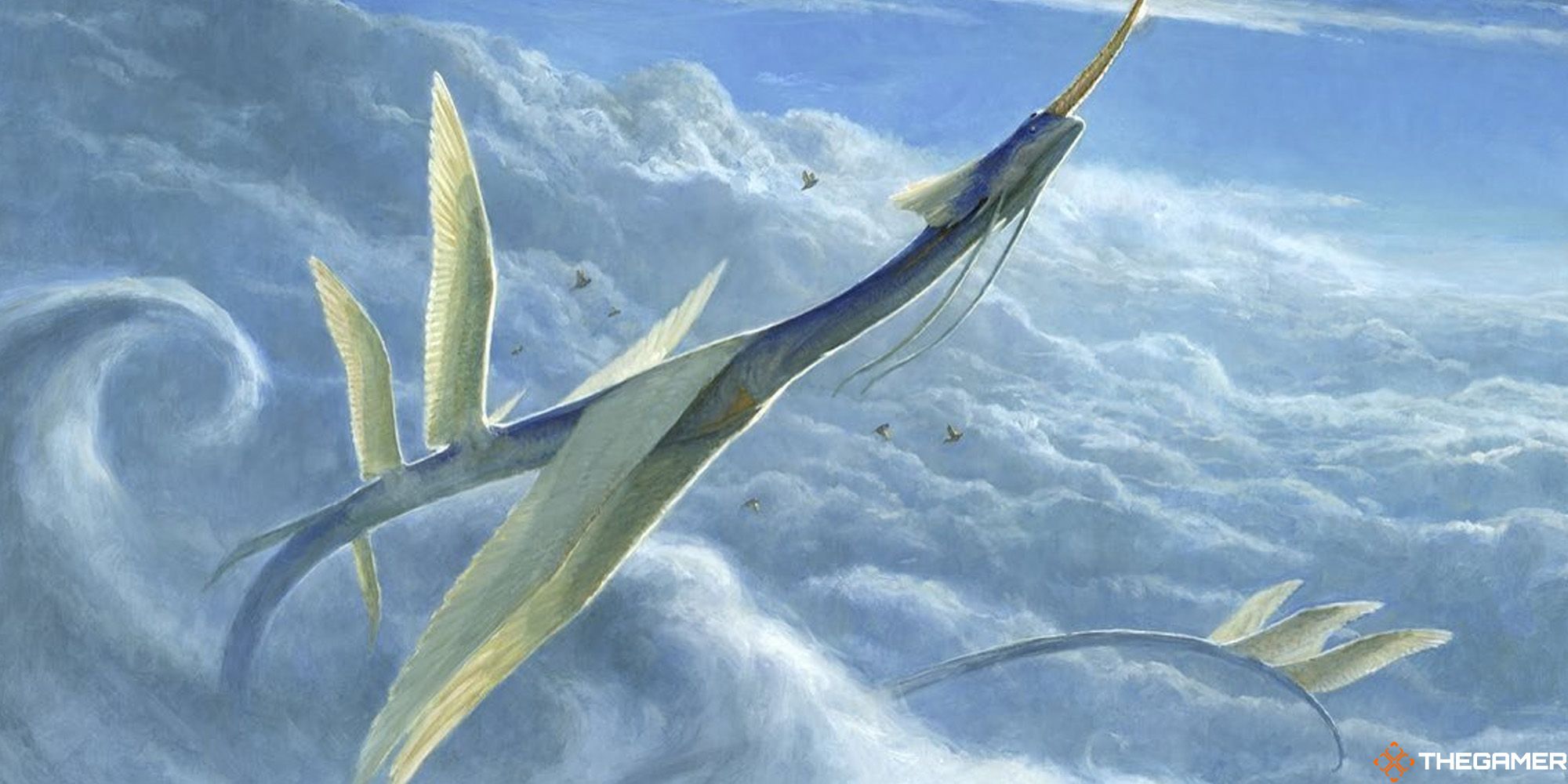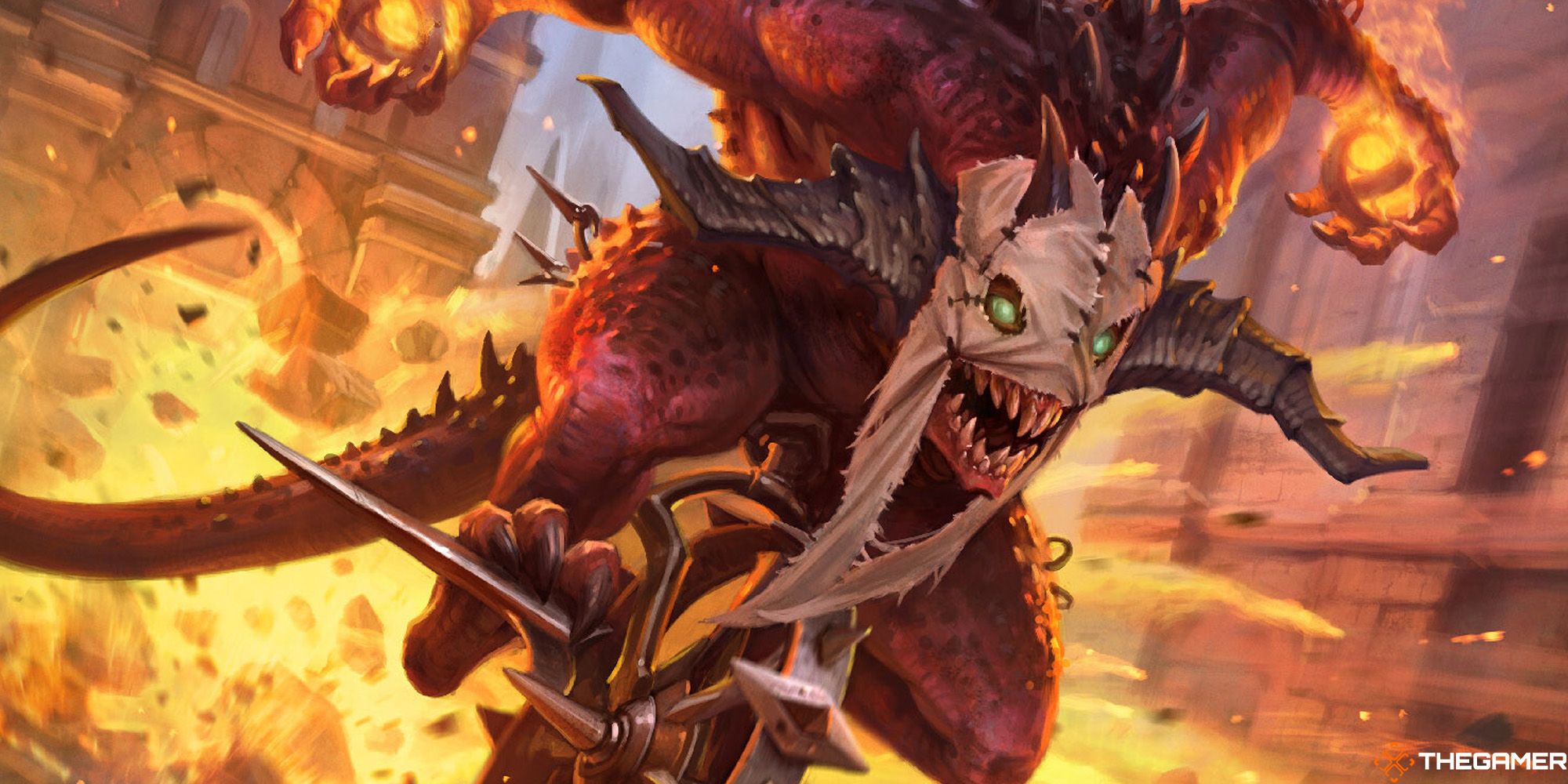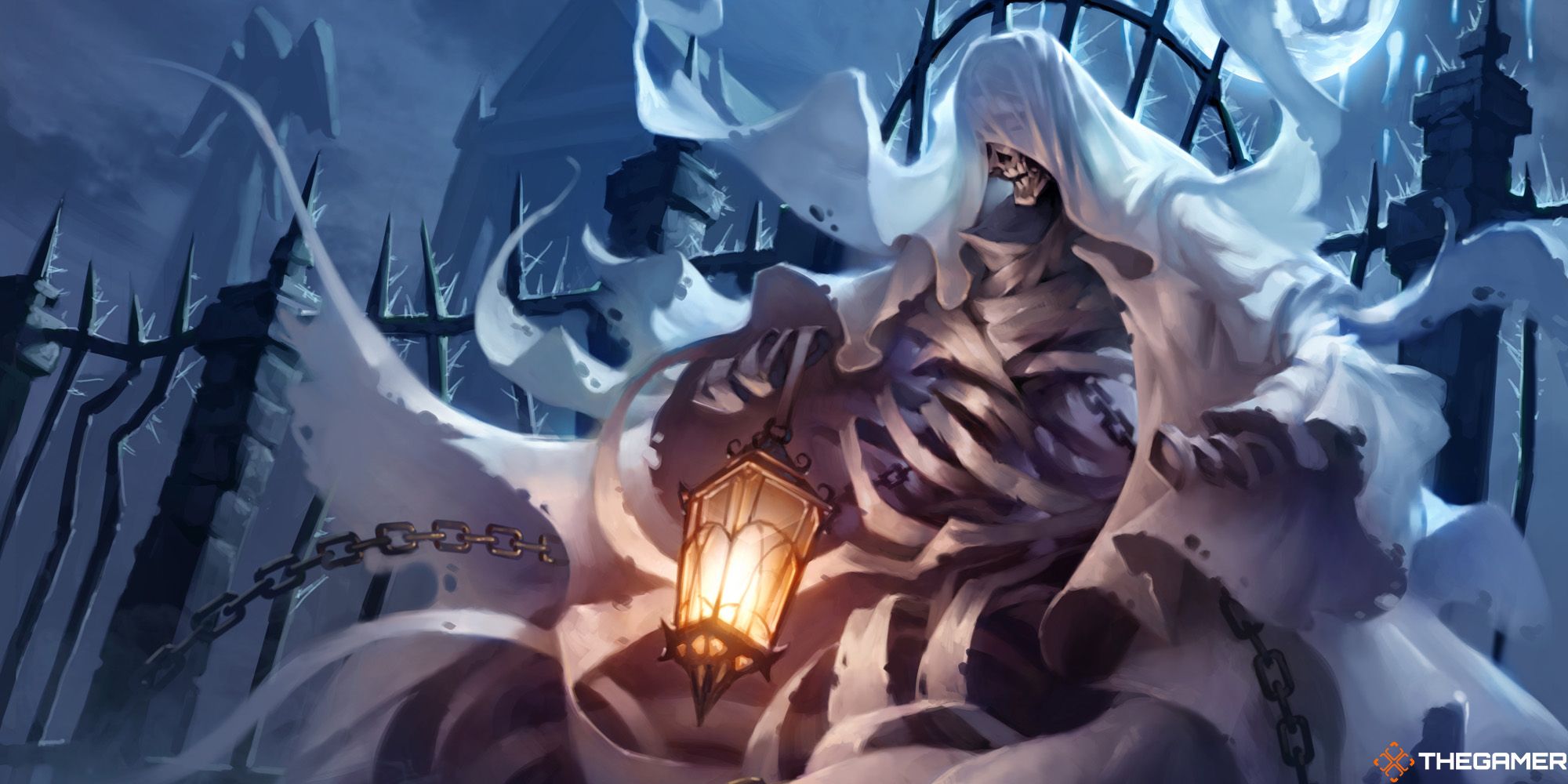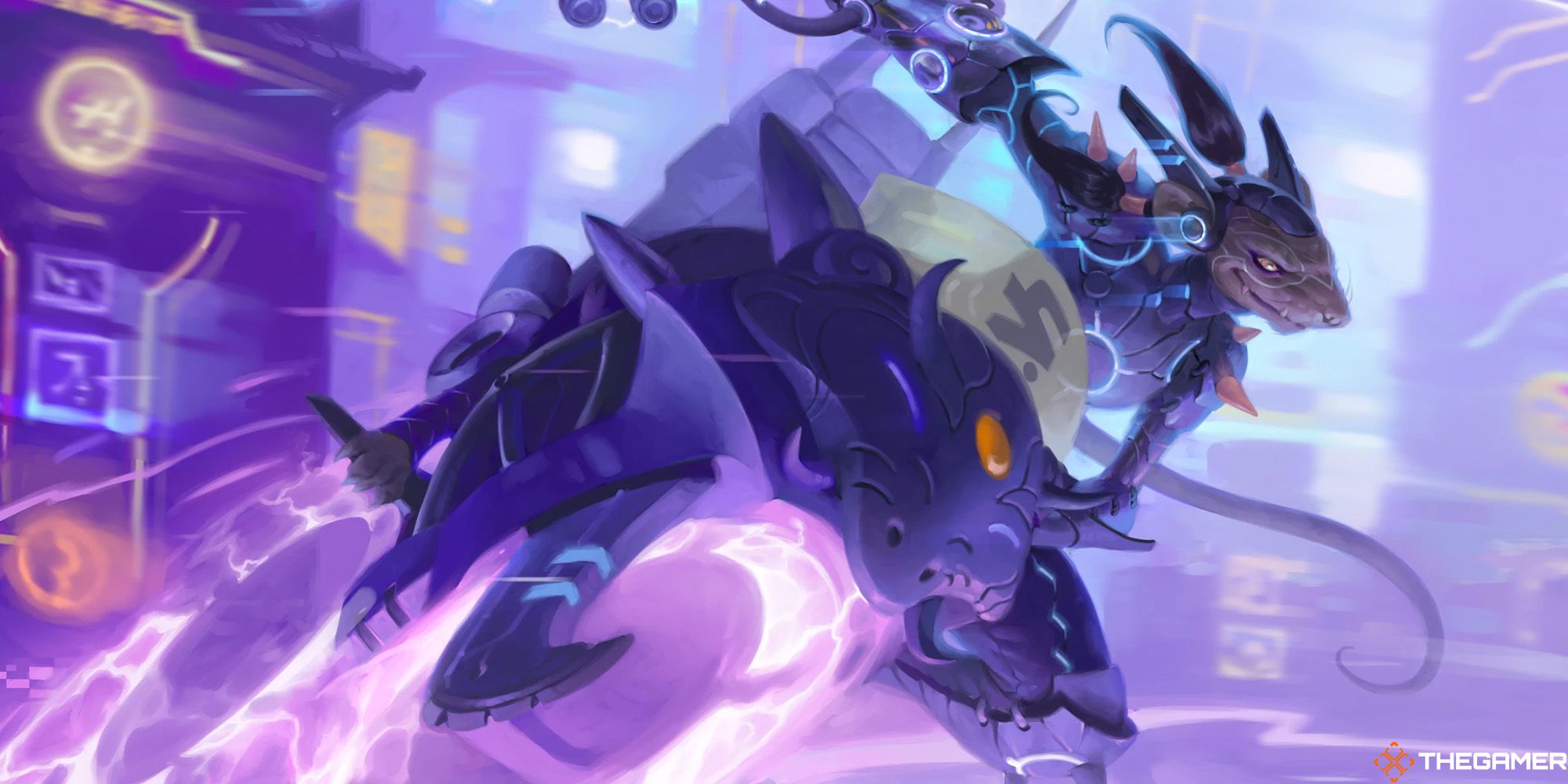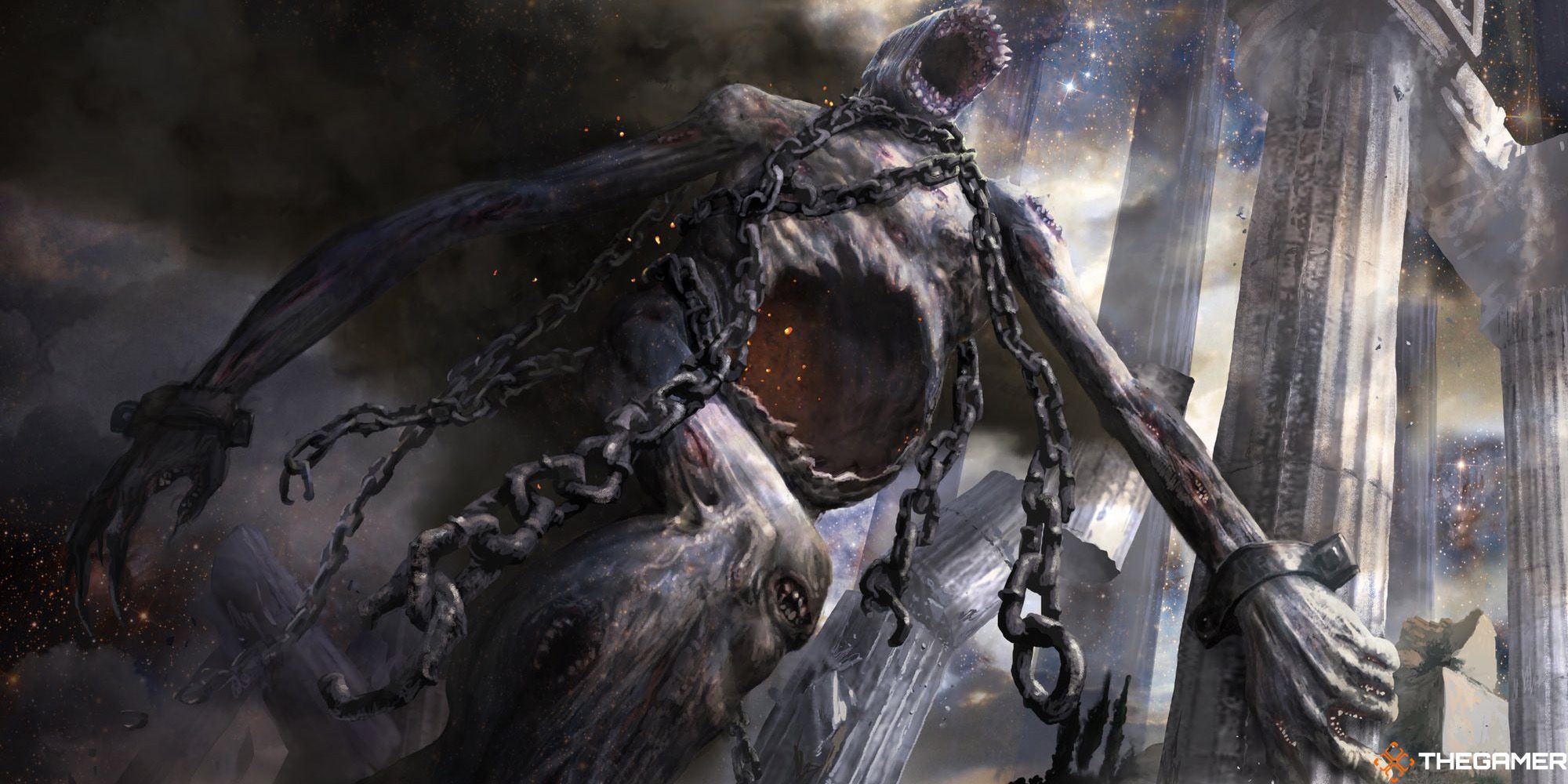Explorer is one of Magic: The Gathering Arena's best formats. Free from the digital exclusives of Alchemy and Historic, you're given the freedom to play with any previously Standard-legal card in Arena's history. Cards from as far back as Kaladesh become viable again, giving your old decks life long after rotation.Though the format is still new, a clear metagame is already forming. Thanks to the influence of its tabletop counterpart Pioneer, a few familiar names and faces have wormed their way into the Explorer queues. If you want to rank up or just plan for what your opponent may throw at you, here are the five best Explorer decks.
5 Yorion Control
Ever since its debut in Ikoria: Lair of Behemoths, the Azorius (blue/white) Yorion has been a terror in every format it touches. The deckbuilding limitation to run it as a companion – having 20 or more cards more than the format's minimum deck size – works well in control strategies, as it lets you fill up on spells like March of Otherworldly Light, Fateful Absence, and Fateful Absence.
Though big decks mean you may struggle to find the precise answer you want, cards like Memory Deluge; Teferi, Hero of Dominaria; and Omen of the Sea can help build that card advantage. Combine these with Yorion's own flickering ability to keep triggering their enter-the-battlefield effects or loyalty abilities, and you'll be a terrifying presence.
Like many control decks, Yorion Control is very light on the creatures, with some not running any at all. Instead, they use enchantments like Shark Typhoon to bring out beaters as an added bonus to the ongoing control, until they can smash the opponent down under a wall of flying sharks. Forgotten Realms' Hall of Storm Giants is also popular, as it's a land that can turn into a 7/7 at the drop of the hat.
4 Jund Sacrifice
There are lots of cards in Explorer that trigger whenever you sacrifice a permanent, which is the aim of the game for this red, black, and green deck. As an added bonus, this deck is the second to use a companion. Though Jegantha, the Wellspring isn't a major part of the deck like Yorion in Yorion Control, it's still nice to have a way to pay off those coloured mana costs.
The Throne of Eldraine set plays a huge role in Jund Sacrifice, as it introduced not just the infamous Cat Oven synergy of Witch's Oven and Cauldron Familiar, but also cards like Gilded Goose, Trail of Crumbs, and the big hitter of the set; Korvold, Fae-Cursed King.
Unlike an Aristocrats deck that generally wants you to off your own creatures, Jund Sacrifice doesn't care about what you sacrifice. There are lots of ways to make Food tokens (Gilded Goose, Witch's Oven, Trail of Crumbs), Treasure tokens (Deadly Dispute), and creature tokens that sacrifice themselves (Reflection of Kiki-Jiki). We also have easy sacrifice outlets like Oni-Cult Anvil and Fable of the Mirror-Breaker (which sacrifices its token copies at the end of the turn).
The goal of this deck is two-parted. First, you'll want to get as many Mayhem Devils out as possible to ping your opponent for one damage each time you sacrifice a permanent. Next is Korvold, Fae-Cursed King, who gets a +1/+1 counter and lets you draw a card whenever something is sacrificed. He has flying for added evasion, making him an excellent late-game closer.
3 Mono-Blue Spirits
Spirits have been a big part of recent Standard sets, so it makes sense to see some of the tools they itnroduced see play in Explorer. By combining blue's propensity for control with the highly evasive and easy to produce Spirit creatures, it's a deck that can be very difficult to counteract.
A big part of the strategy involves getting as many Spirits out as possible, such as Shacklegeist, Supreme Phantom, and Spectral Sailor. A particularly powerful creature to play is Ascendant Spirit (and lots of Snow-covered Islands to back it up), as it can become more powerful as the game progresses.
To control the board, there is a decent mix of creature-based and spell-based tools. Brazen Borrower isn't a Spirit but is an excellent bounce spell, and Shacklegeist lets you tap your own Spirits to lock down an opponent's creature. Geistlight Snare is a great counterspell for this deck too, as it costs less if you control a Spirit.
Like most midrange decks, your goal is to control the table for as long as it takes you to set up a massive wall of Spirits, and then close out the game through combat. Have a few Spirit-buffing pieces like Supreme Phantom and Icon of Ancestry to make this more efficient, and you'll be haunting your opponent long after the game has ended.
2 Esper Greasefang
Esper (white/blue/black) Greasefang is a graveyard deck with a difference. Your whole strategy revolves around two cards: Kamigawa: Neon Dynasty's Greasefang, Okiba Boss; and Parhelion II. As long as you're lucky with your draws, Greasefang is an absolute monster that can win as early as turn four.
Your strategy is to put Parhelion II into your graveyard, ready for playing Greasefang. With Greasefang out, you'll pull Parhelion II out during combat, crew it straight away with Greasefang, and then attack with a 5/5 Parhelion II and two 4/4 Angels. Do it again next turn and you've got yourself a win on turn four.
Of course, doing this requires a lot of setting up. You need plenty of ways to dump Parhelion II into your graveyard, which is where cards like Faithful Mending, Tainted Indulgence, and even Thoughtseize (as you can target yourself if you're desperate) come into play. You may also use creatures with self-mill baked into them, like Stitcher's Supplier.
Without enough graveyard recursion, Greasefang is a major glass cannon – removed before combat, and you've got almost no way of winning. Fortunately, with cards like Can't Stay Away and Sorin, Vengeful Bloodlord, you've got enough creature reanimation to keep Greasefang in play long enough for Parhelion II to wreak havoc.
1 Rakdos Midrange
Midrange decks combine both aggro and control strategies by preventing your opponent from building a board state in the early game, before switching to an aggro strategy and swarming your opponent with a horde of powerful creatures. This Rakdos (black/red) deck combines the creature-killing control with a few powerful planeswalkers to close out the game.
For the control element of the deck, you have lots of hand removal in the form of Thoughtseize and Kroxa, Titan of Death's Hunger, graveyard hate with Graveyard Trespasser, and more straightforward removal through Bonecrusher Giant, Bloodchief's Thirst, Bloodtithe Harvester, and Fatal Push.
Generally, you're going to want to try and use your creature removal when you have Lolth, Spider Queen; and Chandra, Torch of Defiance out. Killing creatures gives Lolth Loyalty counters to spew out more spiders, hopefully buying you enough time to activate the ultimate on Chandra and deal five damage with each spell you play.
Once you've successfully stalled your opponent, those creatures you used to control them become your way of closing out the game. A player with nothing on the board is mostly helpless against a Kroxa, a load of Bonecrusher Giants, and all the spiders Lolth has been producing the entire game.

